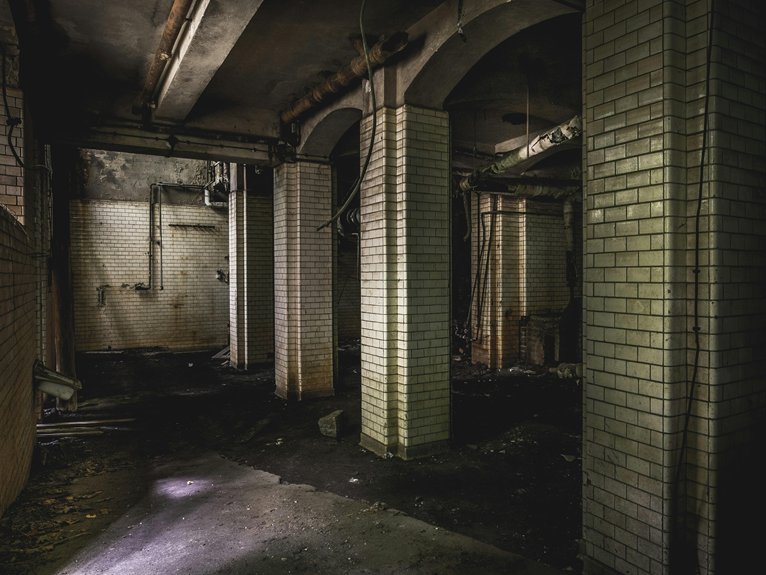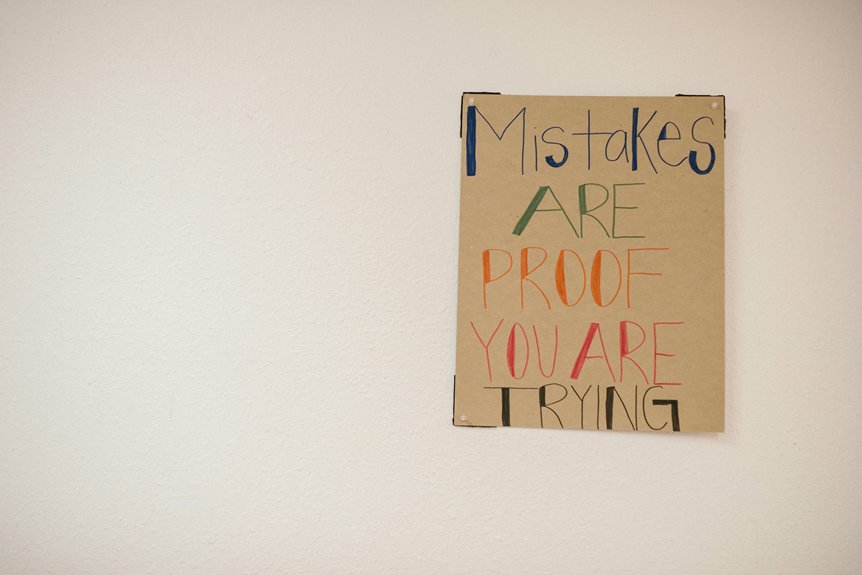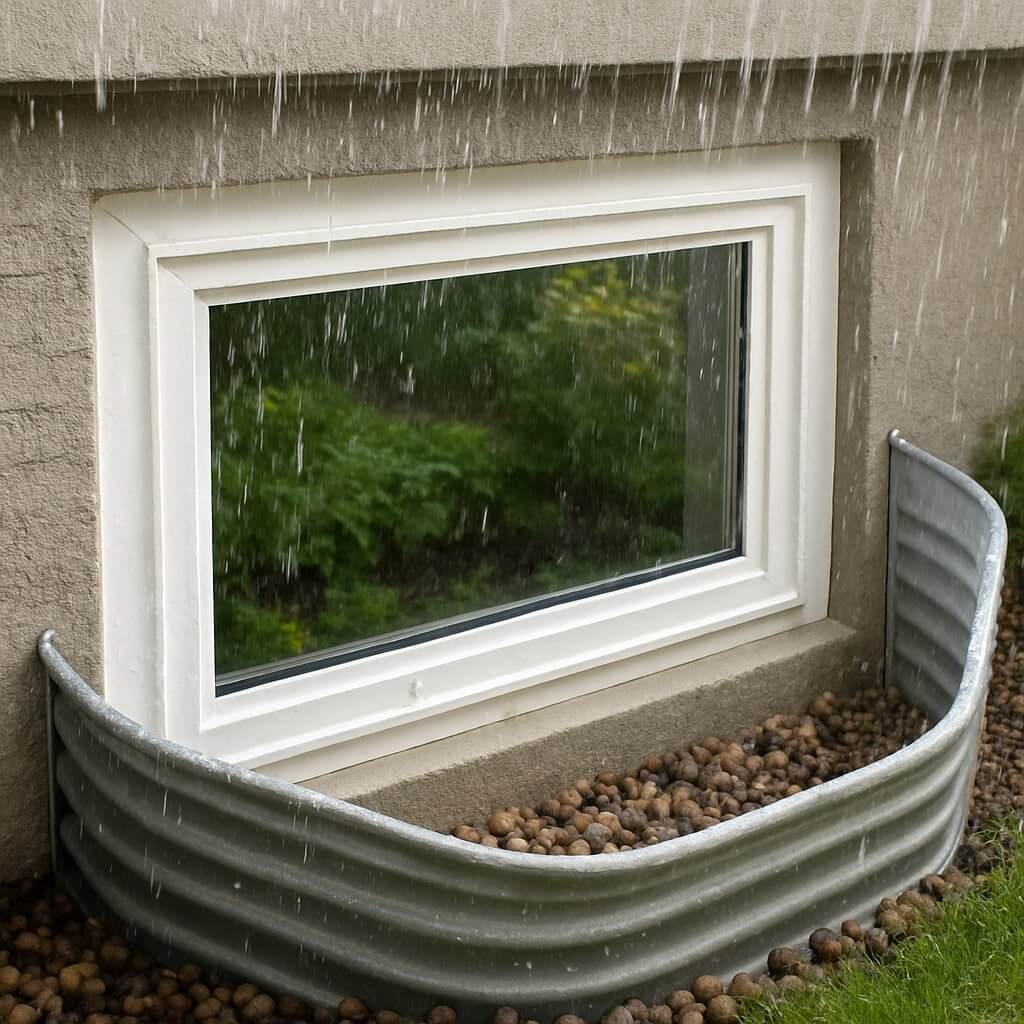When considering costs for new build basement waterproofing, you need to evaluate multiple factors that can greatly influence your budget. The type of waterproofing system you choose, along with the specific conditions of your site, plays an essential role in determining expenses. Understanding these variables can help you make informed decisions. But what additional costs might you encounter, and how can you guarantee you’re investing wisely in your property’s future?
Key Takeaways
- Exterior waterproofing membranes for new builds typically range from $5,000 to $15,000, depending on materials and complexity.
- Interior drainage systems, such as sump pumps, generally cost between $1,500 and $5,000 for new basements.
- Soil conditions and groundwater presence can significantly influence the type and cost of waterproofing solutions needed.
- Additional expenses may include structural repairs, mold remediation, and local permits, impacting the overall budget.
- Investing in waterproofing can lead to long-term savings through increased property value and reduced maintenance costs.
Factors Influencing Basement Waterproofing Costs
When you consider basement waterproofing, several key factors directly influence the overall costs.
One primary aspect is moisture control; effective systems must address both existing moisture and potential water intrusion.
Moisture control is crucial; effective waterproofing systems must tackle both current moisture and future water intrusion risks.
The complexity of your home’s layout can escalate expenses, as specialized methods may be necessary.
Additionally, soil conditions play a significant role; expansive or unstable soils require more intensive waterproofing solutions, driving up costs.
The presence of groundwater also dictates the urgency and type of intervention needed.
Types of Waterproofing Systems
Understanding the factors influencing basement waterproofing costs lays the groundwork for exploring the different types of waterproofing systems available. You’ll encounter various membrane types, such as liquid-applied and sheet membranes, which create a barrier against moisture. Additionally, effective drainage solutions, like interior and exterior drainage systems, play an essential role in managing water intrusion.
| Waterproofing Type | Membrane Types | Drainage Solutions |
|---|---|---|
| Interior Systems | Liquid-Applied Membrane | Sump Pumps |
| Exterior Systems | Sheet Membrane | French Drains |
| Cracked Walls | Repair Sealants | Surface Drainage |
Average Cost Estimates for Different Methods
When considering basement waterproofing, you’ll find that costs can vary greatly between different methods.
For instance, installing an exterior waterproofing membrane typically ranges from $5,000 to $15,000, while an interior drainage system may cost between $1,500 and $5,000.
Understanding these averages helps you make an informed decision based on your specific needs and budget.
Exterior Waterproofing Membrane Costs
Exterior waterproofing membranes are essential for protecting your basement from water infiltration, and the costs can vary considerably based on the method used.
Common membrane types include liquid-applied membranes, sheet membranes, and bentonite clay systems, each with distinct price points.
Installation techniques also influence costs; for instance, excavating around your foundation for a sheet membrane installation can be labor-intensive and pricey.
Generally, expect to pay between $5 to $15 per square foot, depending on the complexity and materials.
Understanding these factors will help you budget effectively for a waterproofing solution tailored to your basement’s needs.
Interior Drainage System Expenses
While you may think about exterior solutions for basement waterproofing, an interior drainage system can be a highly effective alternative that often comes with varying costs depending on the method employed.
Typical expenses range from $1,500 to $5,000, influenced by factors like drainage system design and installation complexity.
Common methods include French drains, which are generally more affordable, and sump pump systems, which may involve higher upfront costs but reduce long-term maintenance costs.
Ultimately, choosing the right system hinges on your specific needs and budget, ensuring effective moisture control and minimizing future repair expenses.
Additional Expenses to Consider
Although basement waterproofing primarily focuses on preventing water intrusion, you should also account for additional expenses that may arise during the process.
Hidden costs often include the need for structural repairs, which can spring from unforeseen challenges like pre-existing damage. If your foundation requires reinforcement or if you encounter mold remediation, these expenses can escalate quickly.
Furthermore, local permits and inspections might add to your budget, as compliance with regulations is essential. Be prepared for potential delays that could increase labor costs.
Understanding these factors guarantees you’re financially ready for the all-encompassing scope of your basement waterproofing project.
Long-Term Savings From Waterproofing
Investing in basement waterproofing not only protects your home from water damage but also leads to significant long-term savings.
Here’s how it benefits you:
- Increased energy efficiency: A dry basement helps maintain consistent temperatures, reducing heating and cooling costs.
- Higher property value: Waterproofed homes attract buyers, often selling for more than untreated properties.
- Reduced maintenance costs: Preventing water damage means less spending on repairs and mold remediation.
- Improved indoor air quality: A dry environment minimizes allergens, promoting a healthier living space and reducing health-related expenses.
These factors collectively enhance your home’s value and your overall financial security.
Choosing the Right Contractor for Your Project
How can you guarantee you select the best contractor for your basement waterproofing project? Start by evaluating contractor qualifications, including relevant certifications and experience in waterproofing techniques.
Request references and review their past projects to gauge their expertise.
Next, discuss project timelines; a reliable contractor should provide a clear schedule outlining key milestones.
Compare multiple bids to understand the scope of work and confirm it aligns with your budget.
Finally, verify they offer warranties for their work, reflecting confidence in their craftsmanship.
Conclusion
In summary, understanding the costs associated with new build basement waterproofing is vital for making informed decisions. By considering factors such as soil conditions and home layout, you can choose the appropriate system that fits your budget. While initial expenses may seem high, the long-term savings through enhanced property value and improved indoor air quality make it a worthwhile investment. Don’t underestimate the importance of selecting a qualified contractor to guarantee quality work and best results.




